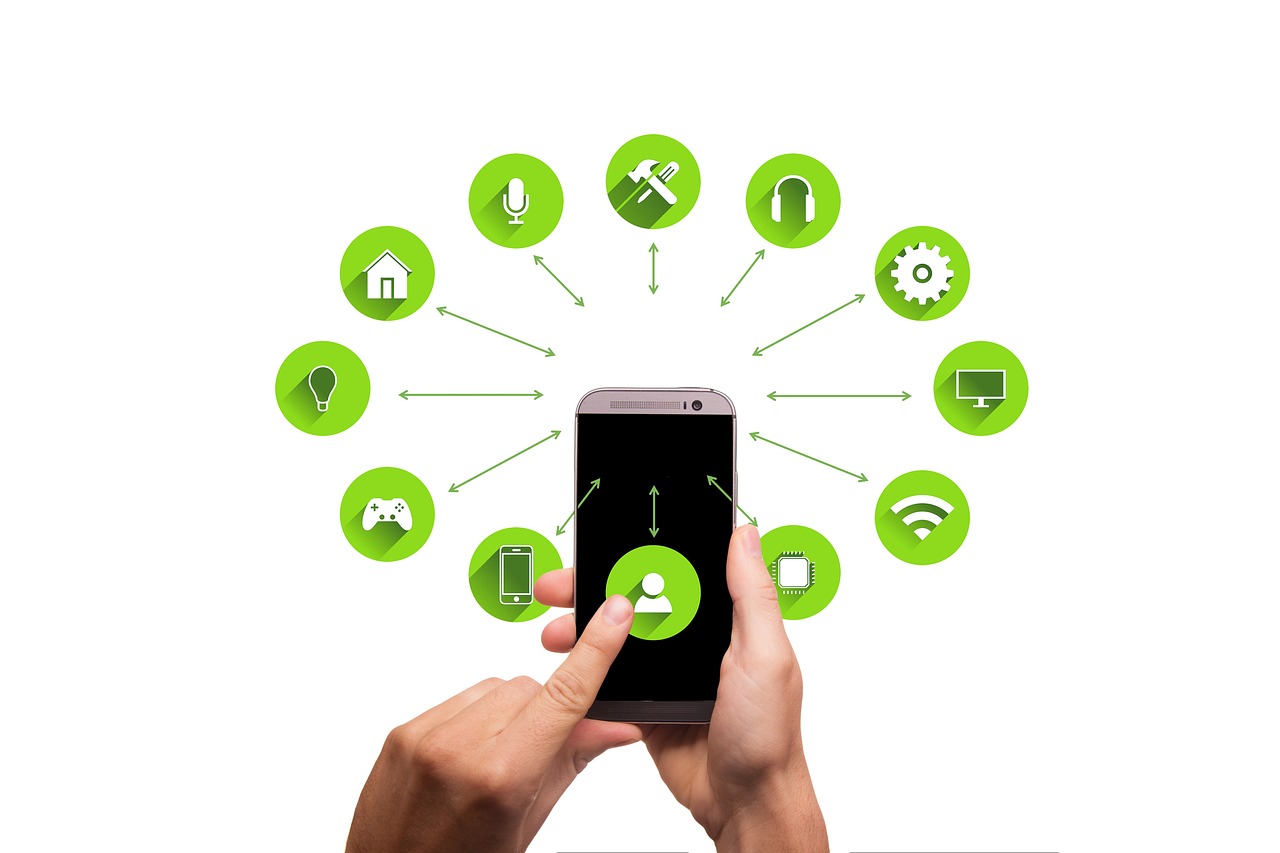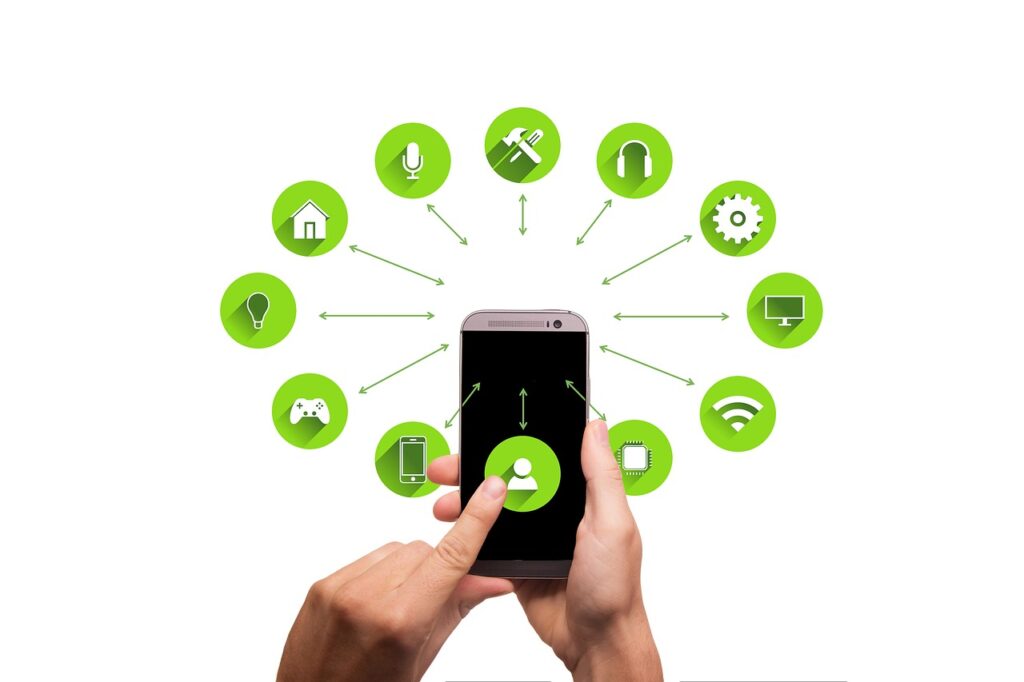How to Customize Your Android Home Screen

Customizing your Android home screen has many benefits, from organizing apps and widgets to personalizing the look and feel of your device. In this article, we’ll walk you through the steps on how to customize your Android home screen for a modern look and feel.
First, you will need to decide on the layout and design of your home screen. You can choose between static or dynamic layouts. With a static layout, your icons and widgets will stay in the same place, whereas with a dynamic layout, they can change position automatically.
Once you have chosen the design and layout of your home screen, you can start to add the items you want to appear on it. You can choose from a wide range of apps and widgets, such as weather and news, social media, music and games, or something more specific to you. You can also add custom folders, adding shortcuts to your favourite apps and settings.
There are lots of ways to personalize the look and feel of your Android home screen. You could change the wallpaper, set a live wall paper, or use an alternative launcher if you don’t like the default one. You can also change the order of the icons or add thematic ornaments.
Once you have arranged your home screen to your personal taste, there is a number of other options for you to customize. For example, you can add widgets that provide quick access to specific settings on your Android device. You can also change the icon size and grouping of items on the home screen, as well as add a folder if you have a lot of apps to store.
If you have customed notification settings, you can also view and manage notifications directly from the home screen. You can customize the look and feel of your notifications, as well as the app that displays them. This can be determined by the app’s settings, but some apps also allow you to customize the notification style.

For those who want an even more customized Android experience, you can always use third party launchers. There are many great launchers available that offer a wide range of features and customization options. These typically also allow you to mesh your home screen with an icon pack, so you can have a unified look and feel to your entire device.
Finally, there are also a number of options if you want to keep your home screen simple and uncluttered. You can hide apps and widgets, group icons together, and use folders to help organize items on the home screen.
In summary, customizing your Android home screen can give your device a unique look and feel and make it easier to access important apps, settings and notifications. It is easy to get started and you can always go back and tweak the settings as needed. It is also possible to use a third party launcher for a more comprehensive custom experience.